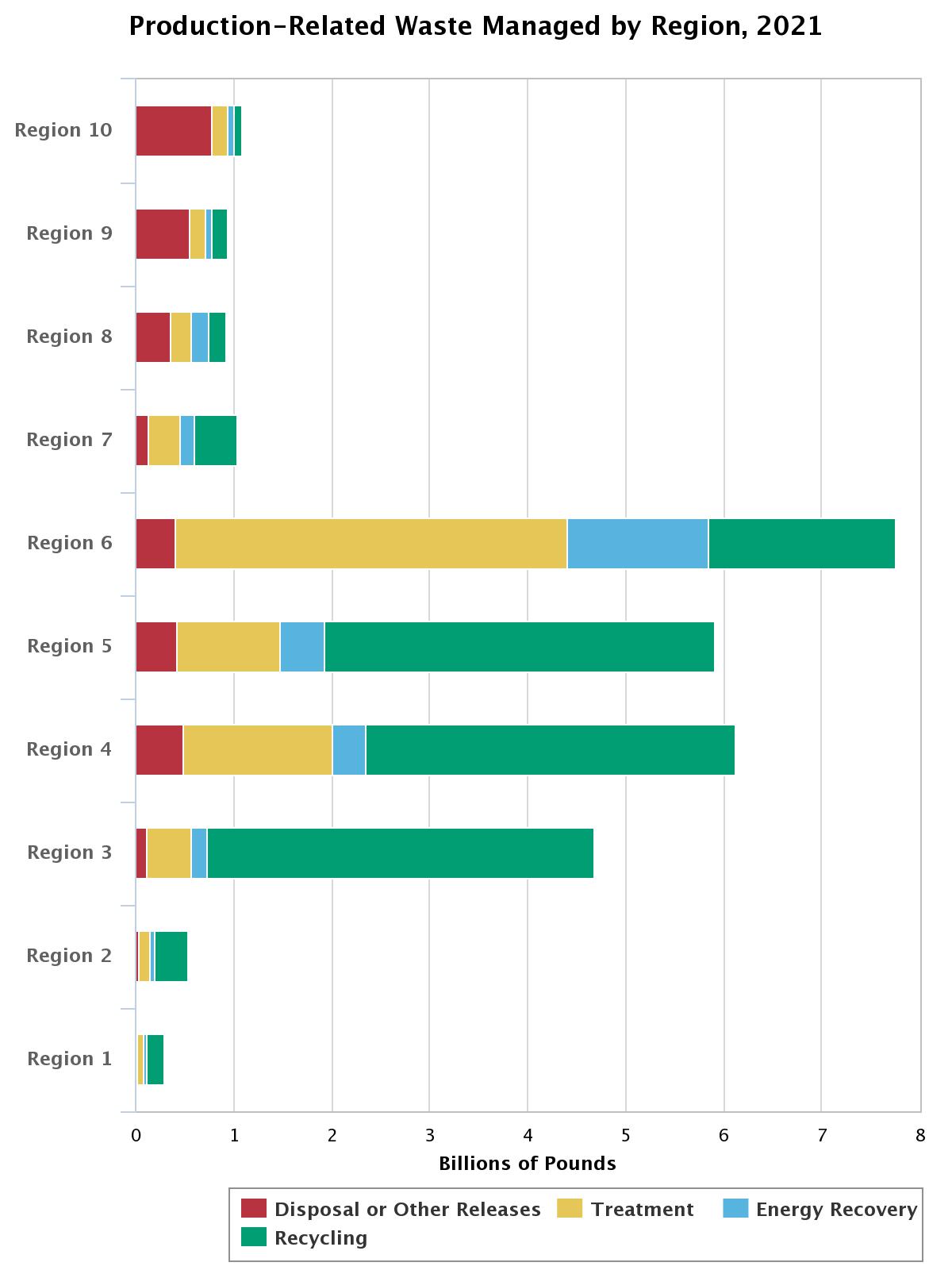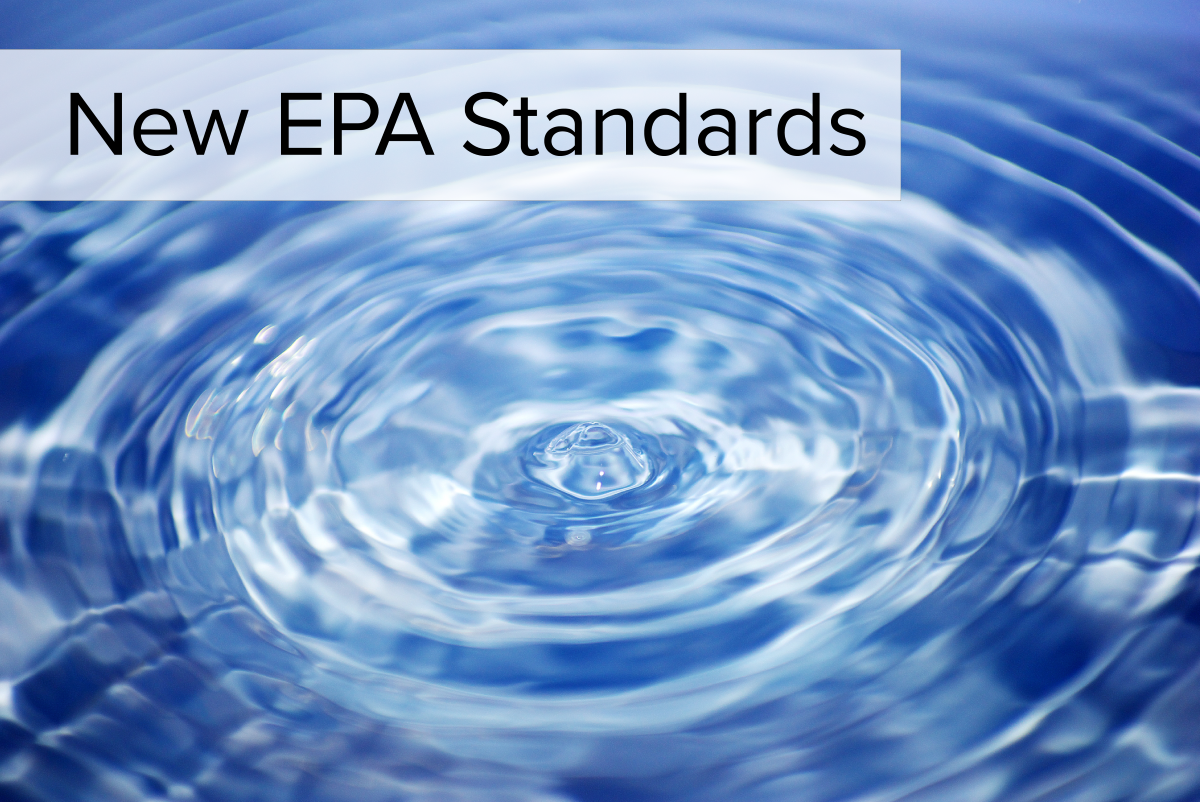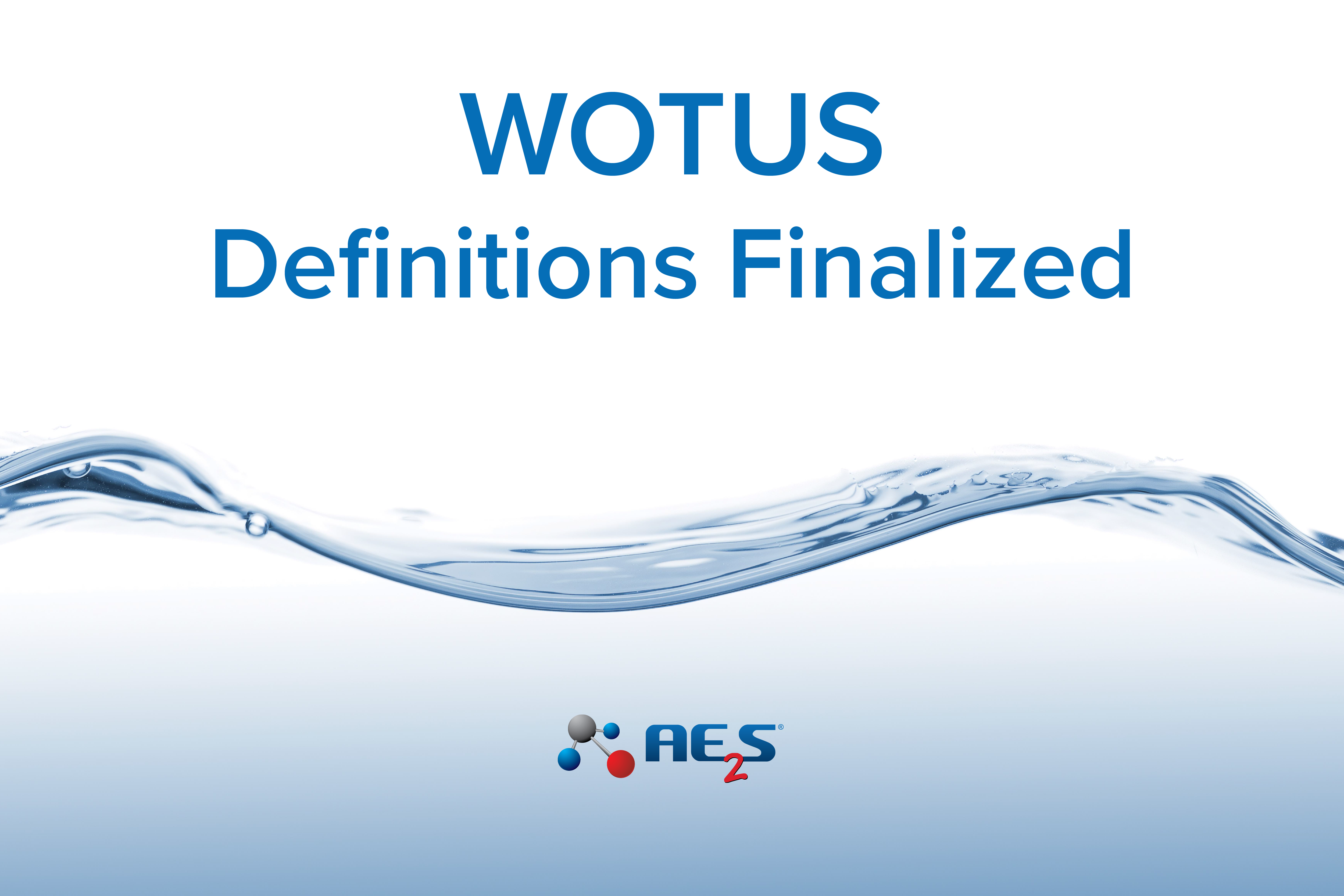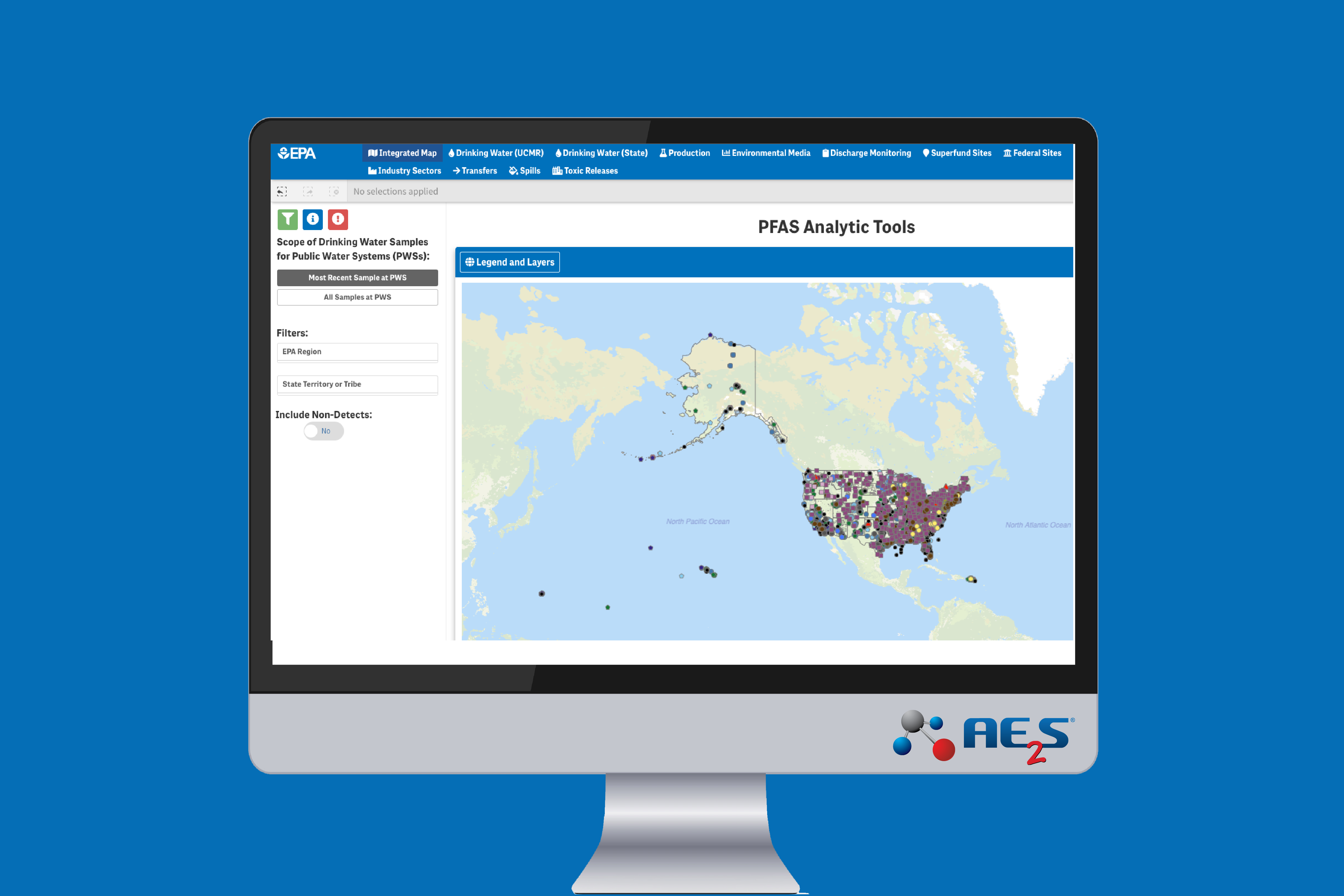On March 20, the final rule by the U.S. Environmental Protection Agency (USEPA) and the U.S. Department of the Army establishing a definition of “Waters of the United States” (WOTUS) became effective in 48 States. However, a Federal judge in Galveston, Texas granted an injunction to block WOTUS from going into effect in Texas and Read More
Tag: USEPA
Decline in Region 5 & 8 Toxics Release Inventory Chemicals
The U.S. Environmental Protection Agency (USEPA) released its 2021 Toxics Release Inventory (TRI) National Analysis, which shows that environmental releases of TRI chemicals from facilities across the nation are declining. Releases in 2021 were 10% lower than 2012 releases, even with an 8% increase from 2020 to 2021. Nationwide, facilities managed more than 89% of Read More
USEPA Expected to Announce New PFAS Standards
The water industry is anxiously awaiting proposed regulations from the U.S. Environmental Protection Agency (USEPA) on per- and polyfluoroalkyl substances (PFAS). PFAS are known as “forever chemicals” because they persist in the environment without degrading. As of March 2, the White House Office of Management and Budget is reviewing the proposed new regulations prior to Read More
Cybersecurity Assessments Included in Public Water Sanitary Surveys
Cybersecurity risks to public water systems are raising alarm across the country as the U.S. Environmental Protection Agency (USEPA) released new guidance stressing the need for States to assess risks to protect public drinking water. The USEPA says survey results and reports of recent cyberattacks show that many have not adopted basic cybersecurity best practices Read More
WOTUS Definitions Finalized, Lawsuit to Block Implementation Filed
The U.S. Environmental Protection Agency (USEPA) and the U.S. Department of the Army announced a final rule that establishes a definition of “Waters of the United States” (WOTUS). USEPA and the U.S. Department of the Army say the final WOTUS Rule (Rule) restores essential water protections that were in place prior to 2015 under the Read More
New PFAS Analytic Tools Released
The U.S. Environmental Protection Agency (USEPA) has released a new interactive webpage, called the “PFAS Analytic Tools,” which provides information about per- and polyfluoroalkyl substances (PFAS) across the country. The information will help the public, researchers, and other stakeholders better understand potential PFAS sources in their communities. The PFAS Analytic Tools bring together multiple sources Read More






